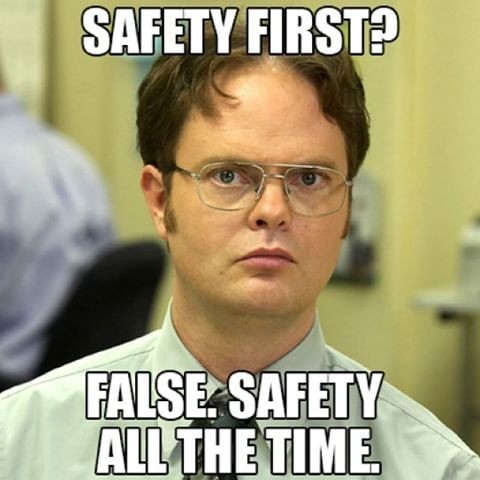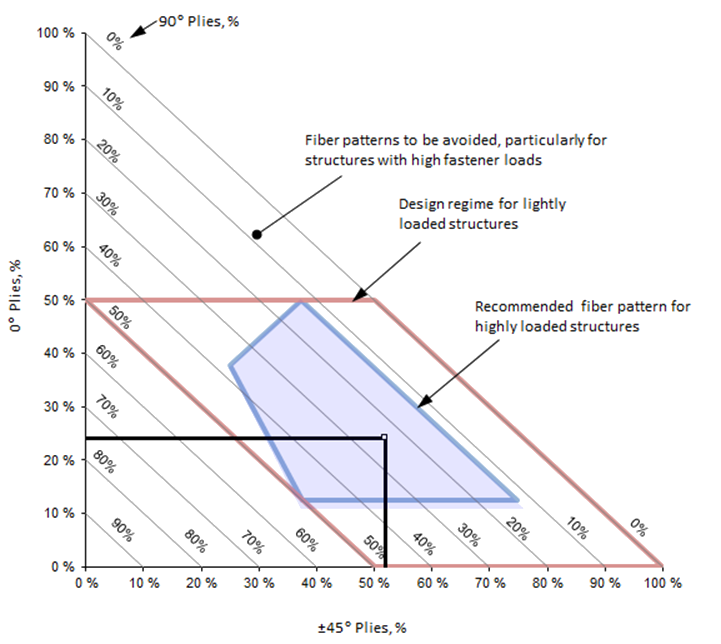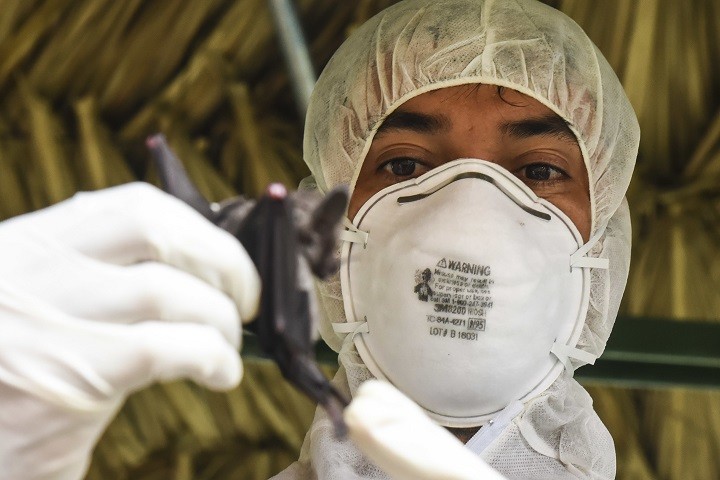A version of this article first appeared in our free newsletter, to subscribe click here
The first part of this article can be read here, and the second part here
Production Numbers
One of the common traits of the paradigm shifting new aircraft programs are the claims made regarding production numbers.
Archer Aircraft have made their projections publicly available here: https://s27.q4cdn.com/936913558/files/doc_presentations/Investor-Presentation.pdf
On slide 47 they give us the following numbers:

By 2030 they are projecting they will produce 2300 aircraft per year. For people with no experience of the aviation industry this may appear reasonable.
Archer is not alone in making these claims. If you are going to spend a billion dollars getting to market you had better have a story that shows you selling thousands, or tens of thousands of aircraft in the first decade.
The General Aviation Manufacturers Association do a great job of collecting and issuing industry data. You can get their latest report here: https://gama.aero/wp-content/uploads/GAMA_2019Databook_Final-2020-03-20.pdf
In 2019 the grand total for global sales of all general aviation aircraft (piston aircraft, turbo propeller aircraft and business jets) was 2658.
Archer, one company out of hundreds in the eVTOL/UAM sector, is projecting they will capture around 90% of the total general aviation market for all aircraft types in ten years. Or they will create an entirely new market equal to 90% of the existing general aviation market.
Little justification is given for Archers projected production and sales numbers. This is very similar to the claims of the infamous Eclipse aircraft who projected they would produce 2000 aircraft per year (https://en.wikipedia.org/wiki/Eclipse_500).
Incorrect projections of this type are financially ruinous in the years immediately after certification. Companies who project high production numbers will base their price to customers on the economies of scale justified by their production numbers.
High production numbers also justify high levels of investment. In USD value adjusted to 2020 US Dollars, Eclipse raised and spent over $2Bn. This is not a problem if you are selling 2000 aircraft per year. It turned out to be a major problem if the most you sell in a single year is 161 aircraft.
Aviation supply chains are often not geared to supplying the volume of product necessary for these production numbers. This can force the aircraft OEM to vertically integrate and purchase their supplier to secure their supply chain. This necessitates even more investment, all dependent on the same aircraft product whose profitability is based on a volume of production based, in turn, on a market projection that is likely to be non-real
When the aircraft OEM fails to scale manufacturing fast enough to reach these numbers or the volume of orders fail to materialize, the aircraft OEM is forced to fulfill the purchase contracts at the low purchase price based on the assumed economies of scale that they can never achieve. The cost of production is greater than the contracted price of each aircraft. Investors, rather than seeing an ROI, end up having to invest even more and subsidize each aircraft that is delivered, increasing company debt at a time when profit was projected.
At this point it is typical that investors will cut their losses and leave.
The investment that current eVTOL programs demand for development is unusually high for a part 23/part 27 development program. This amount of money is very difficult to raise through direct equity investments. This drives the necessity to raise money through using SPAC based IPOs.
In order to raise the amount of money necessary to pay for these programs you have to appeal to the lack of knowledge of the retail stock investor because appealing to the individual or fund manager private equity investor does not work. Hell, those early round private equity investors need a way to get a ROI before the product gets tested by the certification process and the market and the (almost) inevitable happens.
Bankruptcy.
When you see a new aircraft program whose business plan shows outstanding returns based on capturing close to 100% of an existing market, or based on a market that does not exist, it is almost certain that it is an investment that will be very disappointing and there will be tears before bedtime.
Conclusion
When you see a program that combines electric propulsion with eye-popping production numbers, it is almost certain that the universe is getting ready to create some very disappointed investors .
One or the other may be possible. The fundamental problem is that the more limited the envelope of the vehicle the smaller the market is. The smaller the market is the higher the price you have to charge for the product to give an ROI. The higher you have to set the price the less appealing your limited envelope vehicle is and the smaller the market becomes, and so on……..
When a ride on your aircraft costs more than the purchase price of a moped, a vehicle that can can significantly outperform the aircraft – your market may not be as large as you told your investors.
My recommendation – buy a moped. Equip yourself with some real world urban mobility. It will be better for the planet as well.











































